



Jacobs. A world where you can.



As climate change threatens water security around the world, more communities are turning to water reuse as a resilient water supply solution and embracing the OneWater principle that all water has value. Jacobs has been supporting clients with water reuse programs for decades, beginning with the first applications of advanced wastewater treatment technologies in the 1960s. We provide our clients with a full range of services, from water reuse feasibility studies to design, construction and operations.

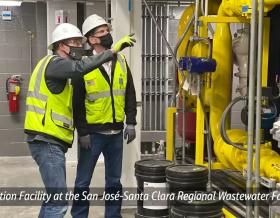
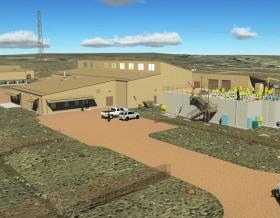
We’ve provided design-build services to the water sector for over 25 years and delivered more than 150 projects. We offer fully integrated design-build and design-build-operate capabilities to tackle the most complex water challenges and work in close collaboration with our clients.



For more than 30 years, Jacobs has been responsible for planning and implementing Lead and Copper Rule-related strategies which protect millions of people in the U.S. and Canada. Our work includes enhanced water quality monitoring strategies, sampling plan development, harvested pipe-scale analysis, lead service line inventories and replacement plans, corrosion control studies and the incorporation of equity and environmental justice considerations into compliance programs.



A curated selection of some of the top-listened to and trending podcast episodes from our popular If/When podcast series.



As a purpose-led company, we know we have a pivotal role to play in addressing the climate emergency. We consider this not only good business, but our duty to channel our technology-enabled expertise and capabilities toward benefitting people and the planet.



We work in partnership, delivering some of the most challenging, diverse and innovative projects and programs globally across multiple sectors. We integrate complex interfaces across planning, procurement and delivery to help unlock better social, environmental and economic outcomes from mega and giga projects.



As our clients navigate the digital transformation and growing cyber risks, we have positioned ourselves at the forefront of this growth, adding digital capabilities, products and tools to serve a growing set of customers.



Sit down with our visionary team of thinkers, dreamers and doers to see what a day in the life is like.



Together with our visionary partner, PA Consulting, we're establishing our position in high end advisory services, creating a springboard to expand in high value offerings beyond the core.


At Jacobs, we're challenging today to reinvent tomorrow by solving the world's most critical problems for thriving cities, resilient environments, mission-critical outcomes, operational advancement, scientific discovery and cutting-edge manufacturing, turning abstract ideas into realities that transform the world for good. With approximately $16 billion in annual revenue and a talent force of more than 60,000, Jacobs provides a full spectrum of professional services including consulting, technical, scientific and project delivery for the government and private sector.
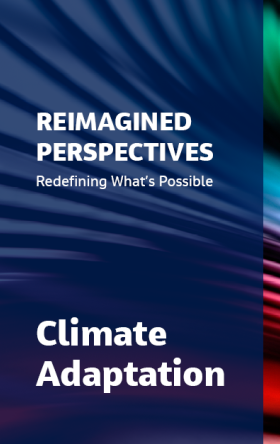


The only certainty about the future is uncertainty. Resilience is an attribute of a smarter planet, and requires planning and adapting ahead of potential threats. We help our clients survive, recover, adapt and thrive.



Jacobs is working to help clients across the United States secure federal funding for projects that make our cities and communities more connected and sustainable. Working hand-in-hand with clients from coast to coast and everywhere in between, Jacobs develops bold, innovative solutions to address the nation’s toughest challenges.
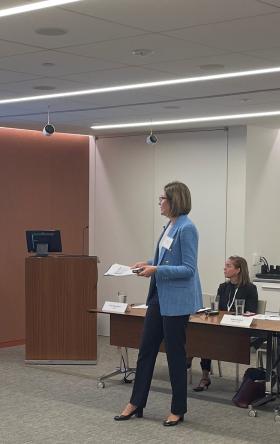

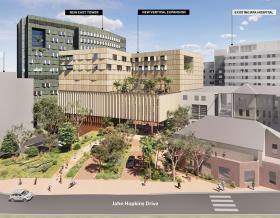
Now more than ever, we appreciate the hard work, sacrifice and dedication of the medical profession in ensuring the health and safety of our communities.



Together, we are stronger. Together, we can transform the future.



Stories that capture our partnerships and innovative impact for a more connected, sustainable world



Clients face a range of challenges when it comes to legislative compliance and infrastructure development design constraints. As an industry-leading environmental and design consultancy, Jacobs is constantly looking for new ways to redefine what’s possible, harnessing “next generation” technical advancements to ensure our clients have the best data and information for decision support, as well as providing innovative solutions to their challenges that are world class.
What if we showed you how, with a step change in the application of molecular monitoring techniques, we’re harnessing environmental DNA (eDNA) – nuclear or mitochondrial DNA that is released from an organism into their environment – to unlock unprecedented insight into ecosystem monitoring?
of field survey time saved during great crested newts presence-absence sampling
of species have been sequenced for eDNA surveying
“We're advancing the science of eDNA and metagenomics surveying solutions to improve biological monitoring and to preserve and protect species in their natural environment.”
Dr. Peter Gilchrist, FCIEEM
Jacobs Biology and Ecology Solutions & Technology Leader
The eDNA application and metagenomics surveying presents a significant advancement in ecosystem monitoring. This new application of molecular monitoring tactics is a direct result of advances in sequencing technology and bioinformatics. As a tool it has relative maturity in the U.K. environment sector, which now, Jacobs is replicating in Europe, Australia, Canada and the U.S.
eDNA simplifies the detection of species from environmental samples through analysis of the DNA released by organisms as they move through their environment. By taking a sample of water from a river or lake, we can now identify the whole fish community that live there, as well as other animals using that waterbody.
Applications for infrastructure planning and natural resources management include:
Field survey: Improved safety, reduced logistics and fewer approvals provide immediate returns to the projects bottom line.
Environmental assessment: eDNA surveys can be implemented pre- and post-construction, taking better account of potential impacting processes throughout the project life-cycle.
Biodiversity: Metabarcoding/metagenomics allows waterways screening for a broad assemblage of species, providing an assessment of biodiversity.
Conservation biology: Single- and multi-species detection can be undertaken for rare or threatened species. Low abundance, rare or cryptic species can be difficult to account for in traditional methodologies. eDNA surveying provides an un-intrusive approach to sampling and maximizes consideration to animal welfare.
Invasion biology: eDNA presents an early detection methodology suited to ongoing surveillance monitoring programs. Early detection reduces potential impacts on infrastructure and ecosystems.
Jacobs’ application of eDNA species detection started in 2014 with the acceptance by regulators in the U.K. for a presence-absence test for great crested newts (Triturus cristatus). We were early advocates and saw molecular monitoring using eDNA and meta-barcoding techniques as essential elements in our toolbox for meeting present and future client needs.
Our molecular monitoring has included a range of surveys for single species detection and we’ve applied metagenomic techniques for understanding fish communities, trophic networks for bats, wildlife disease detection and for biosecurity protocols in marine and freshwater environments. For the great crested newt for example, using eDNA for presence absence surveys saves roughly 75% of field time. In a traditional method, you need four separate site visits and surveys for the traditional method. With eDNA, the process can now be done with one visit to collect a water sample for analysis. There are thousands of species that have been sequenced, and the eDNA technique is applicable for using with all of them. And, if a target species’ sequence is not available, you can now develop a test for a few hundred dollars.
We’re currently applying a novel metagenomics surveying approach for a large infrastructure project in the U.K. The project has impacts on ancient woodland, a protected and irreplaceable habitat. One of the approaches for helping to compensate for the loss of this habitat is to reuse the woodland soils for planting schemes associated with the project.
The perceived wisdom being that the soil biota and seedbank will translocate with soil into the receptor site and help restore the unique properties and functionality of the soil, making the new woodland planting establish and develop quicker and with similar characteristics to the woodland lost.
Taking a small soil sample and using a soil biota extraction and metagenomics approach has enabled us to investigate the mesofauna, fungi and bacteria from the woodland sites affected (as a control) and the soil placed into the receptor sites. The translocated soil is being monitored to understand what happens to the important soil functional types. When and if functional groups are identified as missing, a management intervention will be implemented to inoculate the site with those important species/groups lost in the soil’s movement.
Although in this instance the metagenomics technique is supporting the compensation and mitigation strategy for an infrastructure project’s impacts, the lessons learned from this project have applications in the remediation, ecological restoration and agri-business sectors enabling us to bring innovative approaches to challenges in these areas as well.
We’ve been recognized by Environmental Business International (EBI) with a business achievement award in the New Practice category for our eDNA leadership. The annual awards are administered by Environmental Business Journal (EBJ) and Climate Change Business Journal (CCBJ), two leading sources of business intelligence in the environmental industry.
With a goal of continually advancing science, our environmental professionals are active contributors to organizations and institutions developing protocols, standards and new applications for the eDNA technology.